LadyDigger
Bronze Member
- Joined
- Jun 7, 2006
- Messages
- 2,188
- Reaction score
- 52
- Golden Thread
- 0
- Location
- Virginia Beach
- Detector(s) used
- Garrett Ace 250
Hubby went with the Troop this weekend to a new campsite they haven't been to. The boys had to do their "survival camping" where they build their own shelters and sleep in them. They did great...and hubby was able to get abit of detecting in.
He called me to tell me about the coin he found! I was so proud of him...it was his first!
Well, they got home today and he showed that pretty Lady....you can't read the date, all I can see is "7" (third number of the date, I'm assuming). He also found a couple of wheaties (1909, 1919, 1945). Yes, a 1909...but it's so hard to see if there is a mint mark...I'll have to take some pics during the day light hours to see if I can pull anything up! He also found a 1950 Dime and a 1945 P "War Nickel".
But I think the fascinating find was his button. It has peacocks on the front, a pretty design and on the back it reads, "Ives, Kendrick & Co, NY" There are 3 stars on each side of NY.
I did some research and this is what I found about this company:
".....About 1825, three young men who had become friends while in Yale College decided to undertake the manufacture of gilt buttons. They were David Hayden, Jr (son of David Hayden, who was at that time a prominent button manufacturer in Waterbury), William G. Webster (son of Noah Webster, the author of the dictionary) and Thomas H. Bond, a native of Enfield. It was young Hayden, doubtless, who persuaded them to embark in the enterprise, and looking about for a place they decided to locate on Hancock Brook for the sake of its water power, and for some years thereafter, the place was known as Haydensville (CT). These young men were without business experience, and with but little appreciation of the economy, perserverance and hard work which were as necessary then as they are now to success in business. The consequence was that they did not succeed, although, for a while they had a "very good time." But perhaps their experience was not lost, as in after years they became useful and successful men. In 1829, the property went into the possession of Mark Leavenworth, his son B.F. Leavenworth, and his son-in-law, Green Kendrick. They conducted the business for some years with fair success, under the name of Leavenworth & Kendrick, and were suceeded by Dr. Ambrose Ives and Herman Scott. Mr. Kendrick, retaining an interest, and the firm name being "Ives, Scott & Co.", and later, "Ives, Kendrick & Co."
I'll post pics below....Thanks for looking and Enjoy!
Annmarie
He called me to tell me about the coin he found! I was so proud of him...it was his first!
Well, they got home today and he showed that pretty Lady....you can't read the date, all I can see is "7" (third number of the date, I'm assuming). He also found a couple of wheaties (1909, 1919, 1945). Yes, a 1909...but it's so hard to see if there is a mint mark...I'll have to take some pics during the day light hours to see if I can pull anything up! He also found a 1950 Dime and a 1945 P "War Nickel".
But I think the fascinating find was his button. It has peacocks on the front, a pretty design and on the back it reads, "Ives, Kendrick & Co, NY" There are 3 stars on each side of NY.
I did some research and this is what I found about this company:
".....About 1825, three young men who had become friends while in Yale College decided to undertake the manufacture of gilt buttons. They were David Hayden, Jr (son of David Hayden, who was at that time a prominent button manufacturer in Waterbury), William G. Webster (son of Noah Webster, the author of the dictionary) and Thomas H. Bond, a native of Enfield. It was young Hayden, doubtless, who persuaded them to embark in the enterprise, and looking about for a place they decided to locate on Hancock Brook for the sake of its water power, and for some years thereafter, the place was known as Haydensville (CT). These young men were without business experience, and with but little appreciation of the economy, perserverance and hard work which were as necessary then as they are now to success in business. The consequence was that they did not succeed, although, for a while they had a "very good time." But perhaps their experience was not lost, as in after years they became useful and successful men. In 1829, the property went into the possession of Mark Leavenworth, his son B.F. Leavenworth, and his son-in-law, Green Kendrick. They conducted the business for some years with fair success, under the name of Leavenworth & Kendrick, and were suceeded by Dr. Ambrose Ives and Herman Scott. Mr. Kendrick, retaining an interest, and the firm name being "Ives, Scott & Co.", and later, "Ives, Kendrick & Co."
I'll post pics below....Thanks for looking and Enjoy!
Annmarie
Attachments
-
 IMG_1709a.webp41.7 KB · Views: 838
IMG_1709a.webp41.7 KB · Views: 838 -
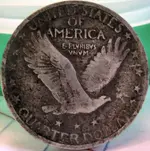 IMG_1711a.webp52.2 KB · Views: 837
IMG_1711a.webp52.2 KB · Views: 837 -
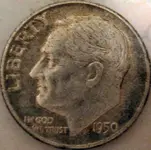 IMG_1778a.webp61.3 KB · Views: 838
IMG_1778a.webp61.3 KB · Views: 838 -
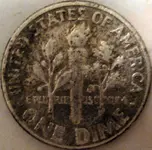 IMG_1779a.webp60.8 KB · Views: 827
IMG_1779a.webp60.8 KB · Views: 827 -
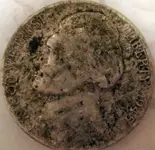 IMG_1780a.webp61.7 KB · Views: 833
IMG_1780a.webp61.7 KB · Views: 833 -
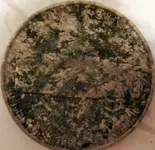 IMG_1782a.webp62.7 KB · Views: 816
IMG_1782a.webp62.7 KB · Views: 816 -
 IMG_1787a.webp41.1 KB · Views: 814
IMG_1787a.webp41.1 KB · Views: 814 -
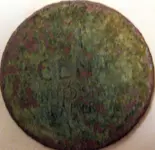 IMG_1788a.webp39.1 KB · Views: 812
IMG_1788a.webp39.1 KB · Views: 812 -
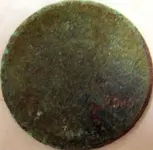 IMG_1790a.webp40.7 KB · Views: 797
IMG_1790a.webp40.7 KB · Views: 797 -
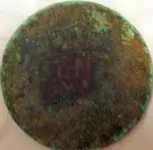 IMG_1792a.webp34.8 KB · Views: 787
IMG_1792a.webp34.8 KB · Views: 787 -
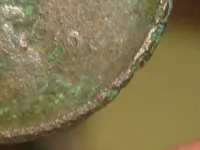 IMG_1806a.webp30.8 KB · Views: 782
IMG_1806a.webp30.8 KB · Views: 782
Upvote
0




